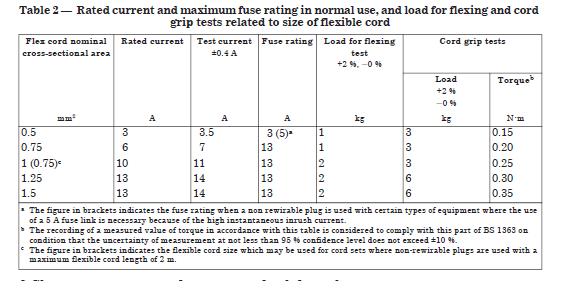Ok so some background here, i work in a college and across our estate we have 4000+ desktop computers and at least 3000+ are connected to the mains using what we call a Y splitter cable, 13amp plugtop to 2 x IEC female. Mr PAT tester has today said they are all unsafe as the plug is fitted with a 13amp fuse when in fact it should be a 5amp and every cable needs the plug fuse changing. I have attached a pic of an example cable, we have many different makes/styles in use but they all have 13amp fuses as that what they came with, they have also been passed as safe each time when tested previously so I'm not sure what has changed if anything. I notice the splitter and IEC connectors are rated at 10A so perhaps this is why, yet why hasn't this been flagged up previously and why are they sold/supplied with 13amp fuses!? We have used the same firm for testing appliances for a long while now so its not as if its a new company trying to make a quick buck.
Could you guys take a look at the picture and confirm or deny what the guy is saying? I have a meeting with him tomorrow morning so any info would be really useful as to change all those fuses is going to cost us a significant amount of money so i would like be be certain either way before we proceed.
Many thanks in advance guys.
Dan
Could you guys take a look at the picture and confirm or deny what the guy is saying? I have a meeting with him tomorrow morning so any info would be really useful as to change all those fuses is going to cost us a significant amount of money so i would like be be certain either way before we proceed.
Many thanks in advance guys.
Dan



